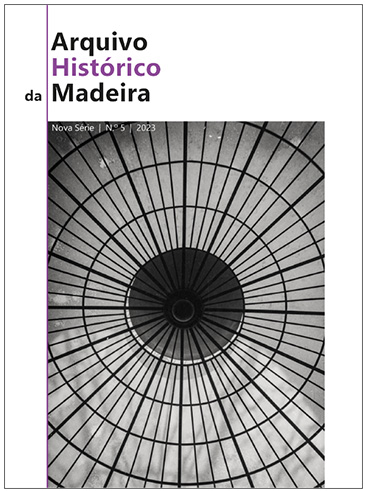The Daily Life of the Franciscan Male Community in Madeira, in the 18th and 19th Centuries: Part I – Administration and Religious Aspects
Abstract
In the Madeira archipelago, the presence of Franciscans, from the Order of Friars Minor, has been known since the arrival of the first Portuguese settlers in the 1420s. Around 1440, the first organised religious community was established with the creation of the hermitage of São João da Ribeira in Funchal. From this date onwards and throughout the following centuries, oratories, hospices, and convents were founded, staying active, between the 1730s and 1834 – the period studied in this article – in five male conventual spaces in Funchal, Santa Cruz, Câmara de Lobos, Calheta, and Ribeira Brava, belonging to the custody of Santiago Minor, created on 5th June 1683, extinct and then restored on 15th September 1702.
The Franciscans lived in conventual communities, with a vow of obedience, chastity, charity, and poverty, and renouncing urban and rural properties and money, living of alms and work. Their daily tasks were divided into religious or profane, and into routine or sporadic, such as those of festive times of year.
The Franciscans provided religious services to the population such as masses, burials, sermons, and choir services, being held either in convent spaces or in parish churches, chapels, and private oratories, and receiving alms for them.
The Franciscan communities were organised in a hierarchical structure which included custodians, guardians, discreti, laypeople, etc. For the profane daily tasks, internal and external to the convent, the services of servants, bakers, cooks, barbers, horticulturists, laundresses, carriers, masons, carpenters, etc. were required. Such aspects of administration, organisation, and religious daily life are developed throughout this article.
Keywords
Madeira; Franciscans; Convents; Daily Life; Mass; Procession; Burial; Ornaments.
Downloads
Published
Issue
Section
License
Copyright (c) 2023 Arquivo Histórico da Madeira, Nova Série

This work is licensed under a Creative Commons Attribution-NonCommercial-NoDerivatives 4.0 International License.



